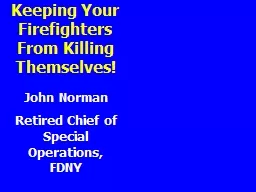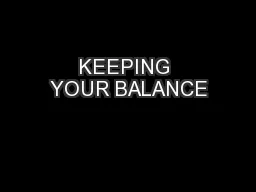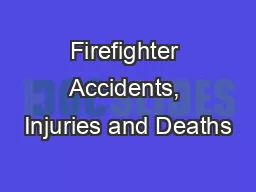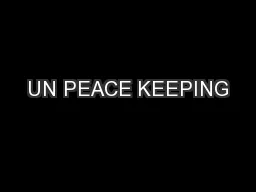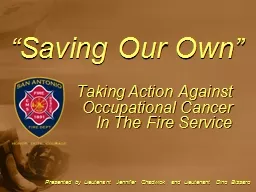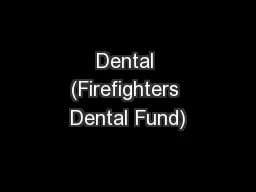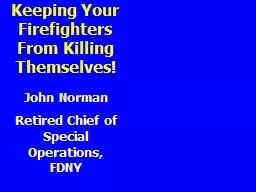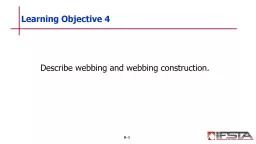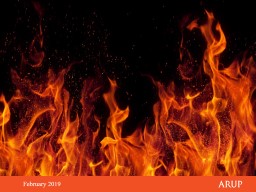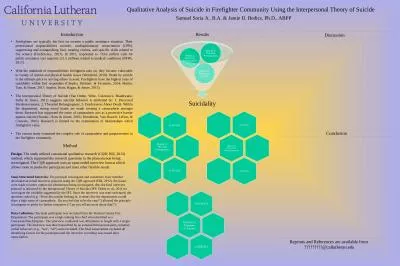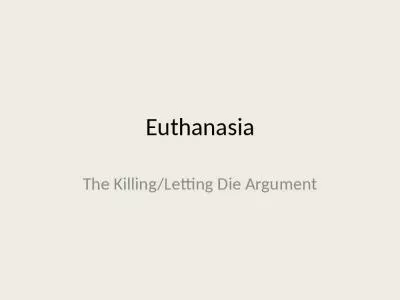PPT-Keeping Your Firefighters From Killing Themselves!
Author : lindy-dunigan | Published Date : 2019-11-29
Keeping Your Firefighters From Killing Themselves John Norman Retired Chief of Special Operations FDNY Hints for Class Participation When asked to participate do
Presentation Embed Code
Download Presentation
Download Presentation The PPT/PDF document "Keeping Your Firefighters From Killing T..." is the property of its rightful owner. Permission is granted to download and print the materials on this website for personal, non-commercial use only, and to display it on your personal computer provided you do not modify the materials and that you retain all copyright notices contained in the materials. By downloading content from our website, you accept the terms of this agreement.
Keeping Your Firefighters From Killing Themselves!: Transcript
Download Rules Of Document
"Keeping Your Firefighters From Killing Themselves!"The content belongs to its owner. You may download and print it for personal use, without modification, and keep all copyright notices. By downloading, you agree to these terms.
Related Documents

